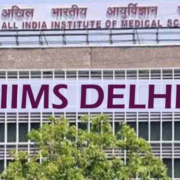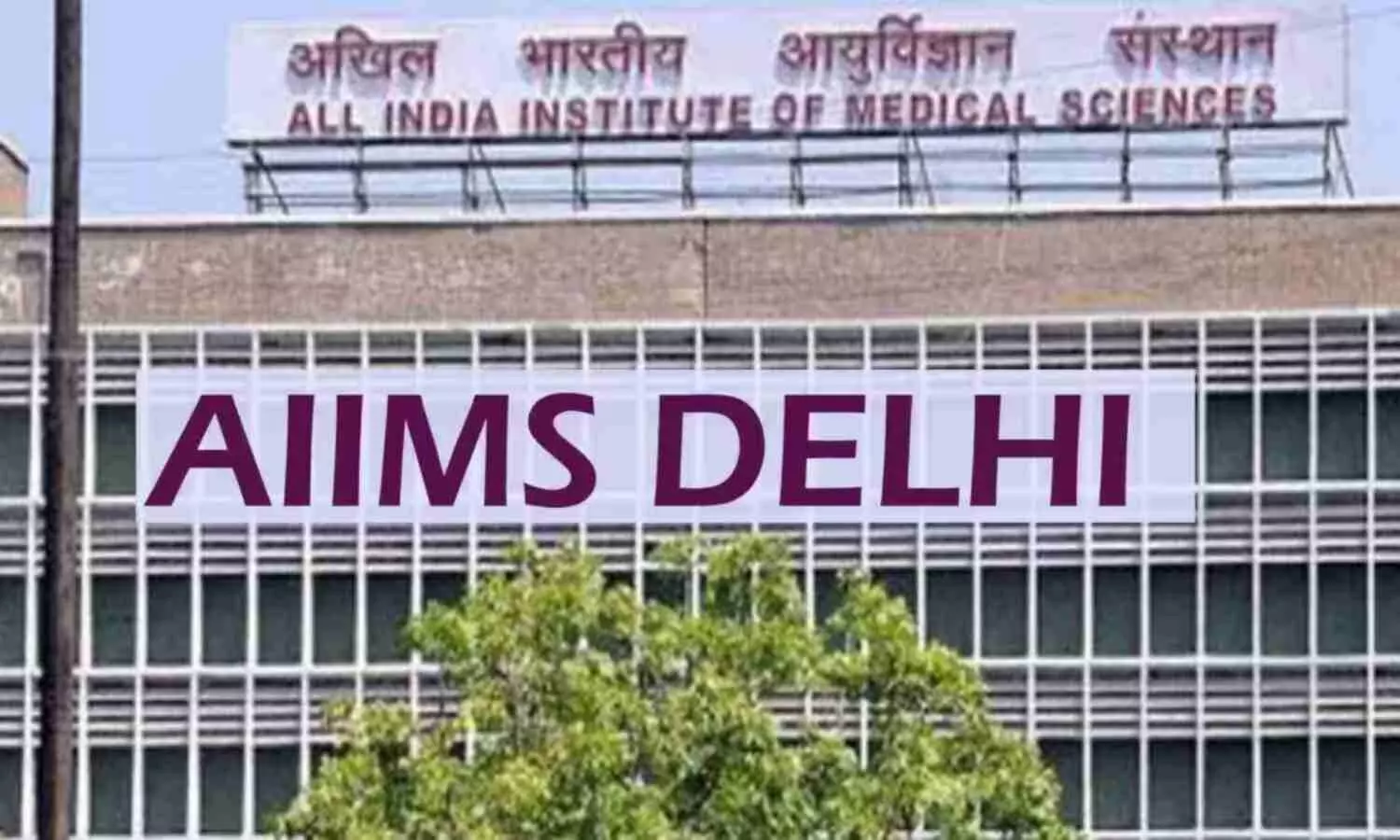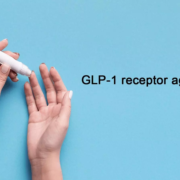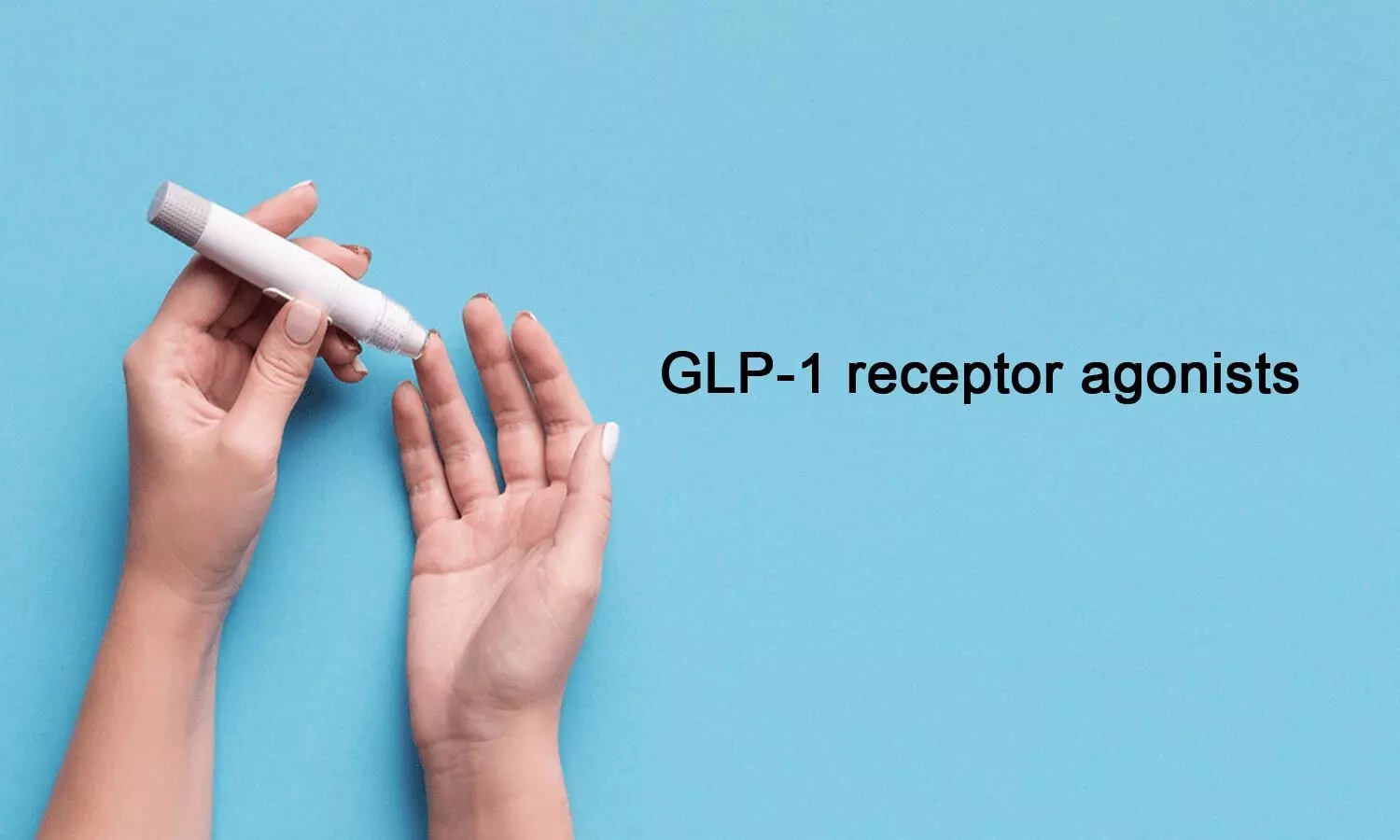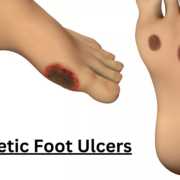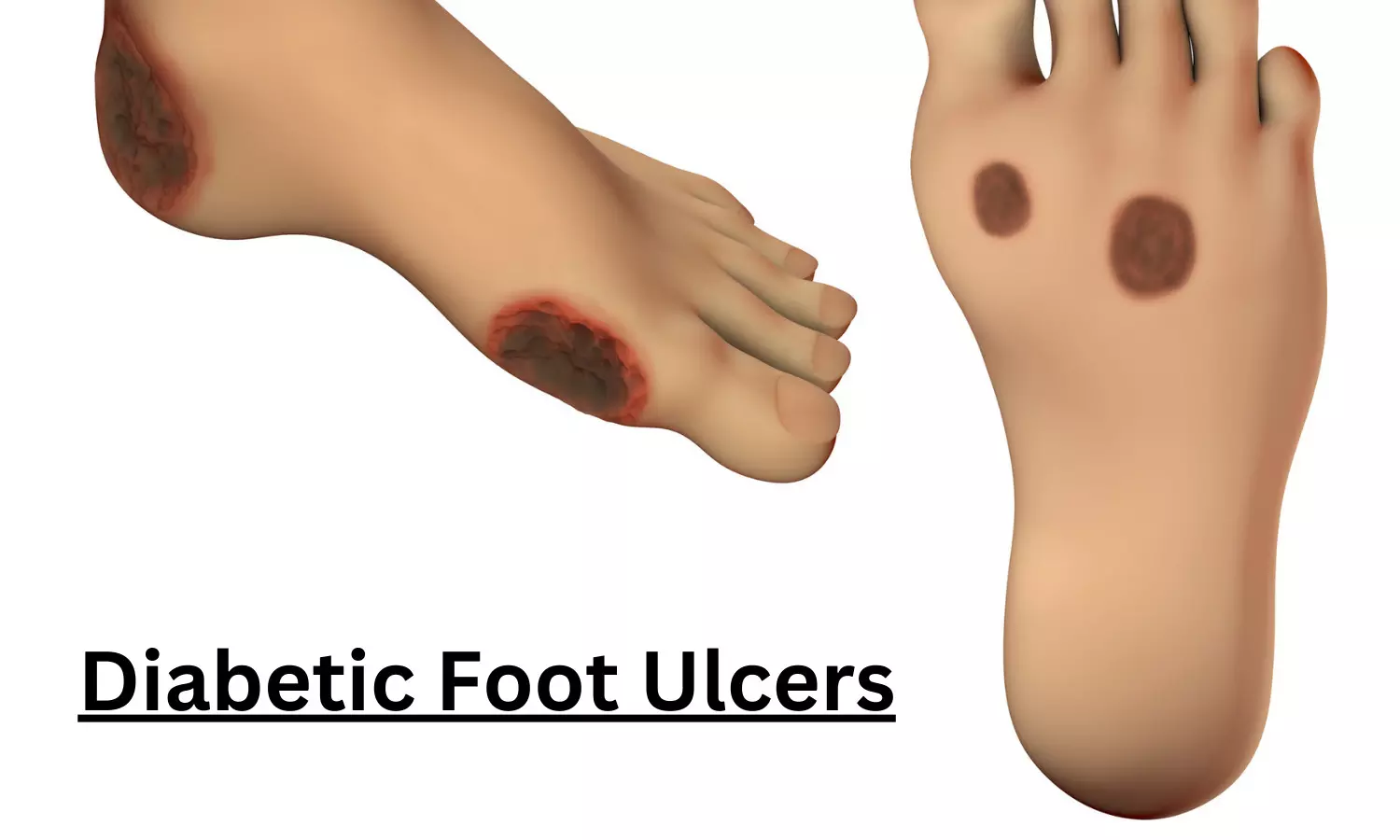Junior doctors at Mumbai Govt Hospitals stage hunger strike in solidarity with Bengal doctors

Mumbai: Junior doctors from government medical colleges in Mumbai participated in a hunger strike on Tuesday to support their counterparts in West Bengal, who have been on a fast-unto-death since October 5. They are demanding justice for a postgraduate trainee doctor who was raped and murdered at RG Kar Medical College Hospital.
Doctors in West Bengal began their hunger strike on October 5, following nearly 50 days of ‘cease work’ in two phases, after the rape and murder of a postgraduate trainee at state-run RG Kar Medical College and Hospital on August 9.
Talking to PTI, IMA national vice president Shivkumar Utture said, “Medical students and junior doctors are the most affected by such incidents, and more than 60 days have gone by, and at the ground level, nothing has changed. Therefore, the IMA Medical Students Network and IMA Junior Doctors Network decided to participate in symbolic sit-outs to support the hunger strike in West Bengal.”
Also Read:Kolkata doctor rape-murder: Another Junior Doctor Joins NBMCH Hunger Strike
This strike did not cover any private hospitals, he said.
Utture said junior doctors at all medical colleges in Mumbai, including Sion Hospital, King Edward Memorial Hospital and Seth Gordhandas Sunderdas Medical College (KEM Hospital), Cooper Medical College and JJ Hospital, participated in the token hunger strike, news agency PTI reported.
Young doctors of Kolkata are on a fast-unto-death struggle and are on the 11th day of fasting, he said, adding that three of them have been hospitalised.
Medical Dialogues team had earlier reported that demanding justice for Abhaya and workplace safety for doctors, the indefinite hunger strike started by two junior doctors at North Bengal Medical College and Hospital (NBMCH) entered its 10th day today with another junior doctor joining the strike on Monday.
Also Read:IMA to hold nationwide hunger strike on October 15 in support of Bengal Doctors
Powered by WPeMatico


